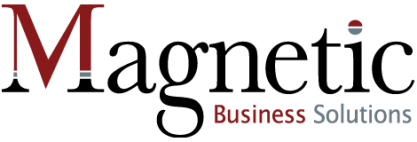Consultative Selling: The Alternative to Leaving Money on the Table

Think about how a consultant, or a doctor or a lawyer works with a new client. They usually sit down and ask a lot of questions. Questions about the history of the client and about the specific challenges they are facing now. Then they suggest a solution designed to alleviate the client’s problem.
Here is a simple four step process that will make your life so much easier and your selling process much more profitable:
Qualify Your Prospects so you are investing your time and resources with those with the highest potential for business for you.
Diagnose the Problem. A Diagnosis is the identification of the nature and cause of a certain phenomenon. The crucial part here is not to stop with the more obvious problem which could be anything from too much stress to outright boredom, or from too few sales to not enough capacity to produce what you sell. The problem is easy to identify just by asking your potential client “What is your biggest challenge?”
Dig deep. When given the choice of a Band-Aid for a symptom or alleviation of the cause, most people will opt for eliminating the cause so the problem will not recur. So do not short change your client by selling them a half-way solution that will not get them to their goal in the end.
Prescribe a Plan. With this approach, you never have to sell one product or one coaching session or one workshop seat or one appointment at a time. If the client trusts you, and can afford the solution you are proposing (which you should have qualified beforehand) then the next issue is just a matter of timing. Each prescription will contain, in one form or another, the following three phases:
The Trauma Phase: A deeply distressing or disturbing phenomenon or physical injury. This stage requires aggressive treatment to get things under control.
The Rehabilitation Phase: The act of restoring something to its original state. This requires changes of habits, new strategies (the old ones led to the problem so require adjustment) and accountability support to keep them on track.
The Maintenance and Continuous Improvement Phase: Where the client achieves a more consistent and higher level result over time. In this phase, regular check-ups will be the core strategy.
Deliver Outstanding Service. Go above and beyond your original promise and exceed expectations every step of the way. And you will have more loyal, more long-term, more profitable clients who will refer to others like themselves.
Happy Clients. Happy You!






